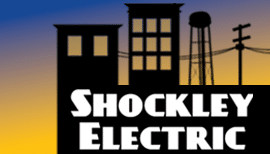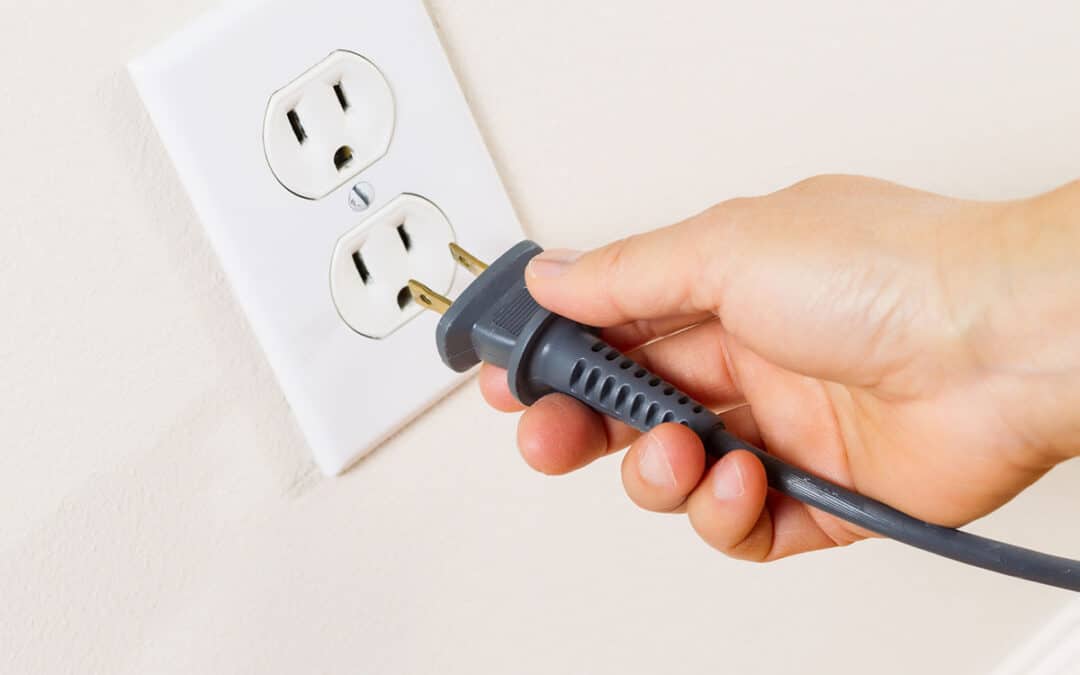We interact with and rely on plugs and outlets every day. Without them, we couldn’t watch TV, turn on a lamp, or charge our cell phones. But have you ever taken the time to learn how outlets work or understand the difference between a two-prong and a three-prong plug? Why does your paper shredder plug have two prongs while your toaster oven plug has three?
The short answer: The third prong provides additional safety for appliances with a metal casing.
How outlets work
Before we go any further, let’s “ground” ourselves on how outlets work.
A typical outlet is composed of two or three holes:
- The narrow right slot is the “hot” slot that provides access to the hot wire
- The wider left ”neutral” slot is for the neutral wire
- The rounded third hole, known as the “ground,” connects to the ground wire
When you plug a device with two prongs into an outlet, power flows from your home’s electrical panel through the hot prong, to your device (powering it in the process), and back to the neutral prong, which sends the electricity back to the breaker box and completes the circuit.
The third ground prong is a safety feature for appliances that have a metal case, like a computer or a toaster. The ground prong protects you from electrical shock when using these devices.
Role of the third prong: an example
If a wire carrying electricity inside a hypothetical two-prong laptop comes loose (because of overuse or a defect) and touches the laptop’s metal case, the laptop becomes “electrically hot.” If you then touch metal on the laptop, you could get a serious electrical shock. A third ground prong prevents this from happening.
In appliances with metal cases like computers, toasters, and coffee makers, the metal case connects to the third prong which connects to the ground terminal of your power outlet. If a wire comes loose inside the toaster/laptop/coffee maker and touches its metal case, the breaker box will detect it and the breaker connected to the power outlet will trip or shut off power to the device and prevent you from experiencing a potentially fatal electric shock.
Do I need three-prong outlets?
People who live in older homes may wonder what happens if you remove the third prong from a device you purchase because the outlet you are using may not contain a third/ground hole. The answer: Your device will still work, but you will not be protected from the potentially deadly shock described in the example above.
Know when to ask for help
Our advice: Don’t take an unnecessary risk; ground your two-prong outlets! While this may not be a job you want to take on yourself, it is a relatively routine task for an experienced electrician.
If your home contains two-prong plugs you would like to ground, we can help!
Reach out today for electrical assistance in the Marietta or Metro Atlanta.

